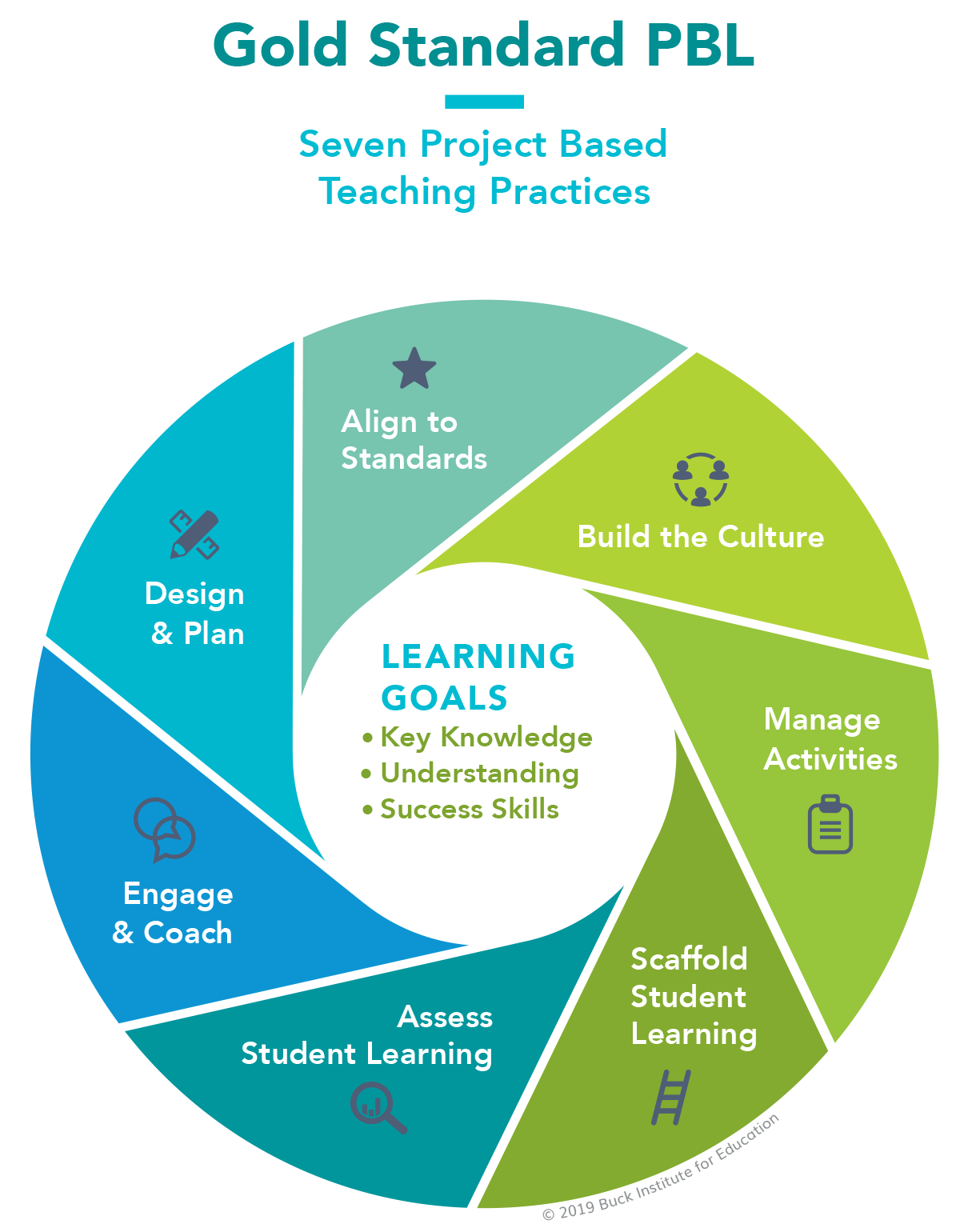PBL--
 The Stanford University Newsletter explained several aspects of PBL that require specific skill sets that go beyond subject matter expertise. In regards to that info:
The Stanford University Newsletter explained several aspects of PBL that require specific skill sets that go beyond subject matter expertise. In regards to that info:- Identify which of these skill sets are your strengths.
- Identify which of these skill sets you feel are your weaknesses. Consider how you can improve in your weaker areas.
Building a Culture in a Classroom: For one who studies culture I know that there are four components necessary for culture to coalesse: the same language, a symbol, rites and rituals (structure), and norms of behavior. These come together over time, and the students need to develop these together, not just forced upon them by the teacher. I offer a structure to keep the 75 mins the same from class to class, and the norms of behavior are spelled out in the syllabus (attendance, time, polite, etc.). Language is a new struggle. If the students do not speak English proficiently then they have a high communication apprehension (CA) and a reluctance to speak or participate. If the student does not understand the words, then they become overwhelmed and shut down. ESL students and students with low language proficiency, and high CA are often less likely to engage in the culture creation of the class. A challenge which slows down the use of PBL.
To help with the creation of a PBL culture a teacher must master scaffolding skills and engage with greater coaching in the classroom. A little coaching can go a long way, as long as the entire class is actively engaged in the coaching approach.
To think through the figure as a circle is not accurate. The PBL is not linear or chronological, but polyphonic or even more a little here and a little there.


Comments
Post a Comment